When the Kerala police announced on Thursday that it cracked the sensational Jisha murder case, it was Chief Minister Pinarayi Vijayan who confirmed the news to the media. He was visibly happy about the apparent breakthrough and said that it was a feather in the cap of Kerala police.
For Vijayan and the CPM-led Left Democratic Front (LDF), it was a vindication of their charges against the previous United Democratic Front (UDF) government of Oommen Chandy. They had accused Chandy of gross negligence and inefficiency, and had even insinuated foul-play when his police couldn’t find any headway in the case even after a month.
That Jisha was a landless Dalit living in a one room hutment on a canal poramboke, that her family was ostracised by the local community and that neither the police nor the local administration didn’t listen to her earlier appeals for help attracted nationwide outrage. Reportedly, the local police messed up the investigation in the initial days, thereby losing vital leads, and could never catch up.
But Vijayan’s happiness and trust in his police on Thursday do not seem to have been completely shared by people in Kerala. The general response is that of cynicism and even suspicion. The mainstream print media, which has long since lost the game of agenda-setting in the state, is toeing the government line, but the social media and TV are critical because there are possible holes in the revelation that have not been addressed by the police or the government.
Most of the prominent names — journalists, feminists, social media and human rights activists — who regularly comment on contemporary issues are suspicious of the government fabricating a story to claim victory over a case that had become quite political. Some even accused the police of picking on a migrant labourer, who has been identified as the murderer, because his profile fits the popular stereotype and because he is politically helpless.
According to the police, they are sure that the migrant labourer (from Assam) is the murderer because they have DNA evidence. However, they didn’t elaborate if his DNA matched with the DNA contained in the saliva, blood stains or other body tissues that were found on Jisha’s body or the murder site. They also avoided a press conference and chose to issue a press release that didn’t claim clinching forensic evidence. There were hints, but no conclusive claim.
The rest of the details circulating in the media have been either a figment of the reporters’ imagination or the unintelligent leaks from “police sources”. According to these unverified and unsubstantiated reports, the culprit was nabbed from Tamil Nadu and a pair of footwear that had been found near the murder site finally led the police to him. The reports also said that there were blood stains on the footwear and they were forensically matched with the alleged culprit. There were also details of mobile phone leads and locating him through GSM technology. However, none of these have been confirmed by the police. Neither have they been denied.
Pinarayi Vijayan, while confirming the breakthrough on Thursday, had said that the culprit had been in police custody for a day. Reports of DNA-profiling and other forensics, quoting police sources, also appeared on the same day. There’s a big mismatch here: if the alleged murderer had been in police custody only for a day, how can his DNA-work be completed?
Unless Kerala police had access to cutting-edge “rapid DNA analysis” techniques used by agencies such as the FBI, it was impossible to get these tests done in a day. Under normal circumstances, it takes about 48-72 hours. Although automated, hands-free systems are available now in western countries, it’s highly unlikely that any Indian facility, let alone the Rajiv Gandhi Institute in Trivandrum or the state government forensic lab, have them. These tests need both machinery and expertise and involve a lot of scientific interpretation. It’s not as easy as fingerprint matching as some of the media reports have made them out to be. It’s complex and certainly takes time.
The question that the police avoided to allow for the media’s kite-flying is if they have already matched the alleged culprit’s DNA with the samples from the murder site or not. If not, what they are doing now would amount to manufacturing evidence. Is it a case of arrest based on suspicion and investigation by interrogation?
Another point that makes the social media commentators suspicious is the claim — again not by the police, but by the media reports that quote sources — that the murder weapon, with blood stains, had been recovered from the lodge where the culprit was staying. It appeared too incredulous because the LDF government had done a similar early recovery in another sensational murder case during its last tenure. The weapon in this case was an “S-shaped knife” that a senior police officer said was used in the murder.
Curiously, the police recovered the knife soon, which according to a TV-sting, was staged. The sting showed that the police had manufactured a knife to strengthen its body of evidence.
Arresting the culprit was an unavoidable political compulsion for the CPM-led government because it had lampooned the investigative techniques of Chandy’s police and had gone on agitation against the UDF government. However, the critical question now is if it can prove the case in a court of law.
There are no eyewitnesses in this case and all that the police have to rely on is forensics and other pieces of circumstantial evidence. Are their DNA-proofs infallible? Are there other pieces of corroborative evidence?
The DNA-evidence — even if it’s technically perfect — may not be completely admissible in a court of law because in both Indian and international jurisprudence it’s a mixed bag. Even in countries such as the US and UK, where the technology has been in practice for at least two decades, there have been cases in which evidence has been both accepted and rejected. In India too, there are precedents (paternity, murder etc) of DNA evidence being accepted and rejected.
And the Law in India is still not updated to include DNA-forensics. The Human DNA Profiling Bill 2015, that has been in the making for more than eight years, is yet to be passed. The judiciary relies on Section 53 and 54 of the Cr PC to examine DNA-evidence and some times smart defence lawyers can pick holes in the case built by the prosecution. Wrong assessment can lead to the punishment of innocent people.
The cynicism widely shared by the people on the social media and TV cannot be brushed aside. The police ought to answer all the questions or at least refute the details that are untrue. Otherwise, they are abetting the erosion of their own credibility and contributing to the stereotyping of migrant labourers.


)




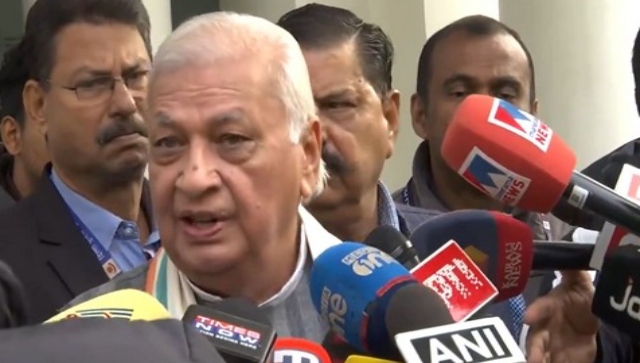)
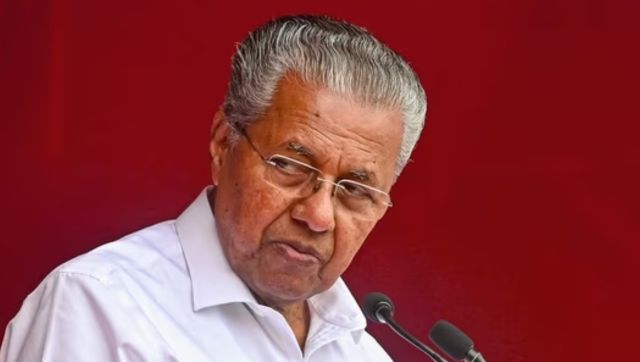)
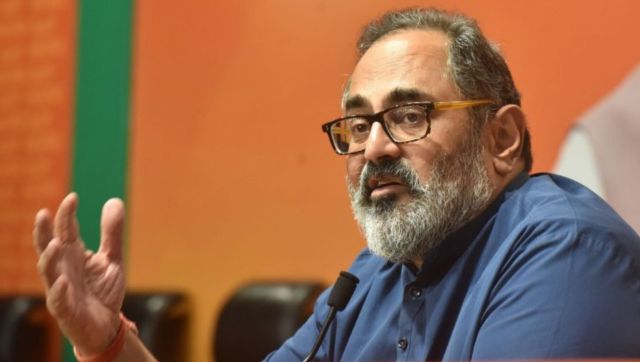)
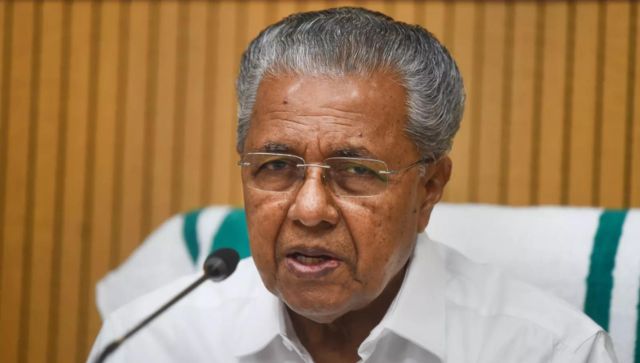)
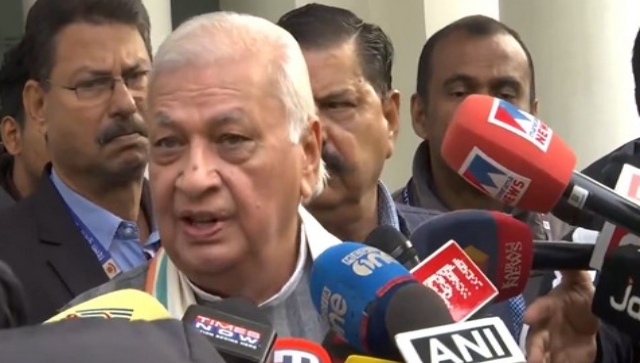)
)
)
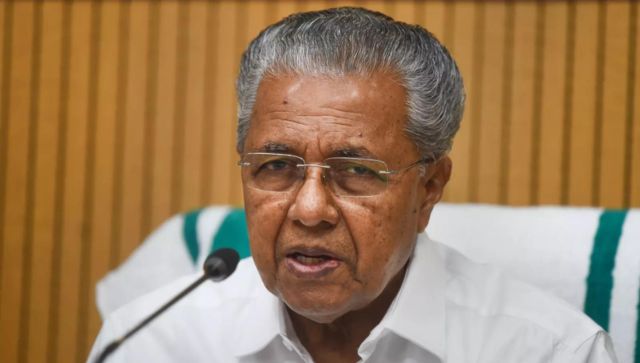)